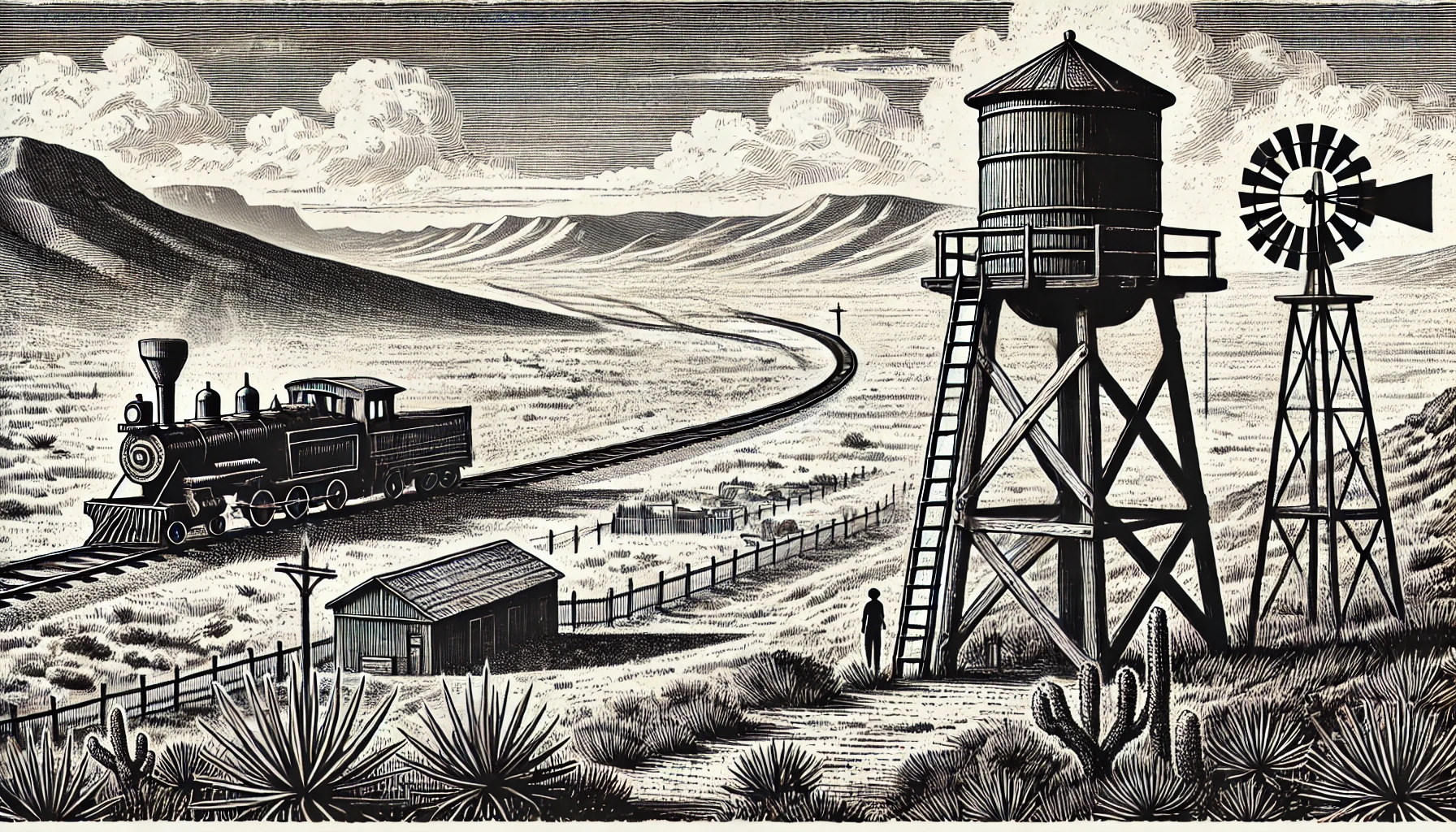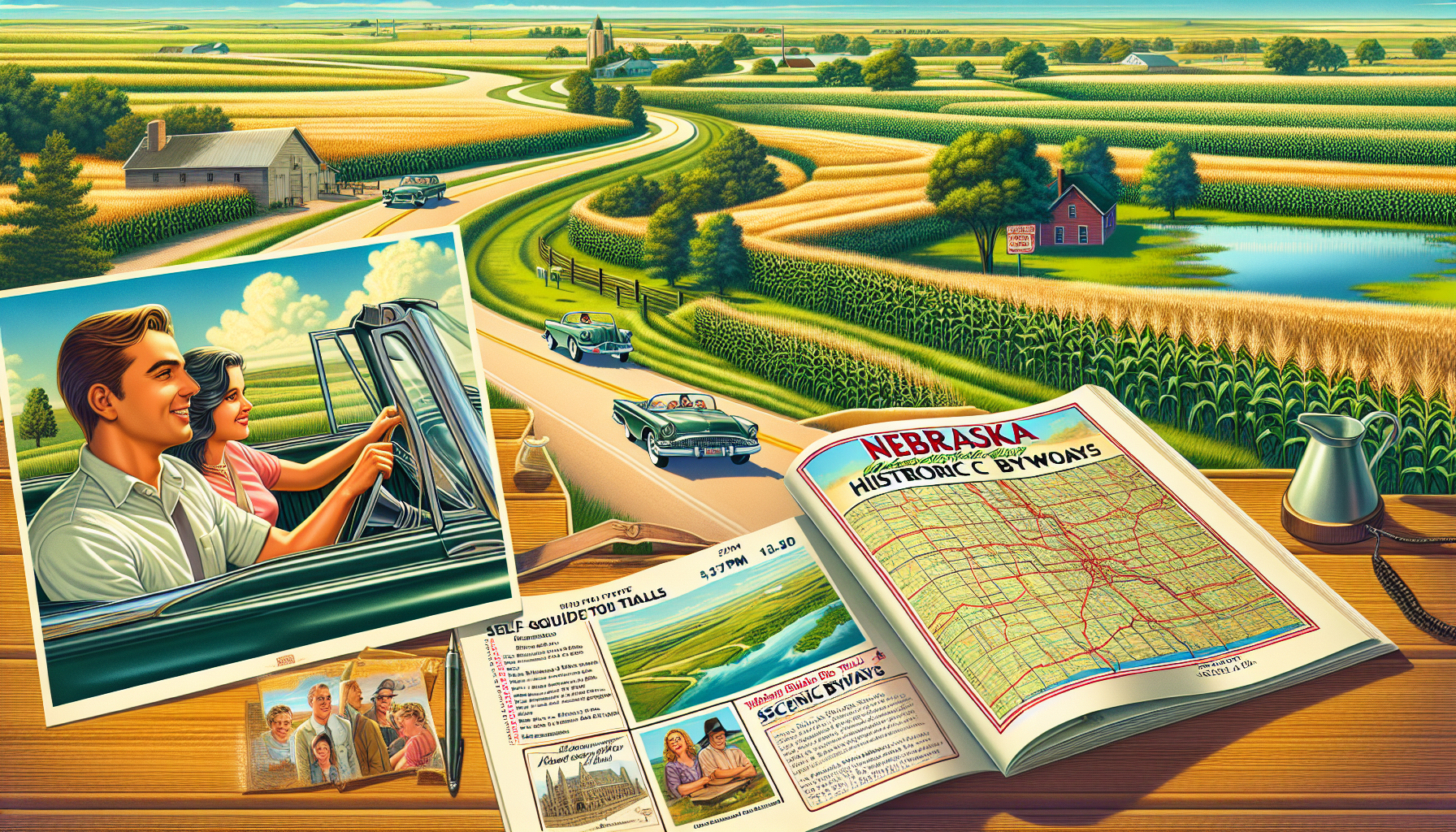Pristine Prairie Preservation in Nebraska

Traveling through Nebraska offers a unique opportunity to experience the beauty and diversity of prairies, which are crucial ecosystems that require specific preservation efforts to maintain their integrity. The tallgrass and mixed-grass prairies that cover much of the state's area are some of the most underappreciated yet essential components of the American ecosystem. As with many ecosystems, human activities and the intrusive influence of non-native species pose significant threats to prairie health, making preservation crucial for their continued existence.
In the state of Nebraska, there are various restoration programs aimed at preserving these ecosystems, which encompass works in places like the Tallgrass Prairie National Preserve in northeastern Kansas, even though technically outside Nebraska its relevance impacts understanding of the state's prairies. One noteworthy restoration effort can be observed in the efforts conducted by the Nature Conservancy at the Broken Kettle Grasslands Preserve, spanning over 16,000 acres near Akron, Iowa, just a few miles west of the Nebraska border. The region serves as a living example of mixed-grass prairie ecosystems. Another organization engaged in efforts to safeguard these habitats is the Platte River Recovery Implementation Program, aiming to preserve vital parts of the Platte River basin, focusing on the central region of Nebraska.
Pristine prairie preservation efforts can take multiple forms, such as preserving remnant prairies through targeted efforts, managing grazing activities to ensure native grasses can coexist with domestic livestock, and working to reduce invasive species and plant types to facilitate natural succession within prairie ecosystems. Another key consideration when maintaining these systems is addressing the prairie's unique dependence on consistent fire occurrence patterns for optimal regrowth.
Placing an emphasis on maintaining this balance within prairie systems provides real-world examples of effective preservation efforts that can serve as models for further conservation. For example, state parks like Homestead National Historical Park near Beatrice, Nebraska, occasionally conduct prescribed burns to replicate historical fire events and give vegetation an opportunity to naturally replenish itself, creating healthier habitats. Likewise, it facilitates and preserves essential nesting habitats for numerous migratory birds.
These sites provide unique research opportunities that can enhance understanding of intricate ecological relationships within greater prairie systems. The understanding that extensive networks of interconnected ecosystems might exist across entire regions leads scientists to seek answers to a broader set of questions that relate not just to what factors local prairies in Nebraska face, but how those are affected on a large scale.
While developing more informed responses that relate specifically to efforts within Nebraska's borders, working to align multiple statewide programs with overarching policy goals also remains vital for holistic preservation. In taking active roles to protect diverse natural areas like state prairies, policymakers and park rangers, as well as scientists working on research teams, may engage communities to better recognize the inherent value in regional sites.
Learning more about real-world local preservation activities conducted within the state increases our ability to make informed choices that ultimately serve as the most effective means of influencing ecological situations occurring within the state's borders.
Since many types of organisms from local wildlife to native plant life play integral roles within complex ecosystems at prairie preservation sites, understanding fully each system's deeper, interconnected composition yields significantly enhanced approaches for preservation and makes potential dangers to maintaining these delicate systems more apparent. Understanding local components, more people will realize that much work has been done, however, much of it remains ongoing and requires constant work and investments in its continued safety and protection.
As experts and regular citizens grasp the deeper importance of the intrinsic value preserved within unique prairies in a delicate ecological state, we also elevate regional awareness that eventually translates to real worldwide action aimed at benefiting future generations by means of significant ecological conservation efforts on all scales.
In the state of Nebraska, there are various restoration programs aimed at preserving these ecosystems, which encompass works in places like the Tallgrass Prairie National Preserve in northeastern Kansas, even though technically outside Nebraska its relevance impacts understanding of the state's prairies. One noteworthy restoration effort can be observed in the efforts conducted by the Nature Conservancy at the Broken Kettle Grasslands Preserve, spanning over 16,000 acres near Akron, Iowa, just a few miles west of the Nebraska border. The region serves as a living example of mixed-grass prairie ecosystems. Another organization engaged in efforts to safeguard these habitats is the Platte River Recovery Implementation Program, aiming to preserve vital parts of the Platte River basin, focusing on the central region of Nebraska.
Pristine prairie preservation efforts can take multiple forms, such as preserving remnant prairies through targeted efforts, managing grazing activities to ensure native grasses can coexist with domestic livestock, and working to reduce invasive species and plant types to facilitate natural succession within prairie ecosystems. Another key consideration when maintaining these systems is addressing the prairie's unique dependence on consistent fire occurrence patterns for optimal regrowth.
Placing an emphasis on maintaining this balance within prairie systems provides real-world examples of effective preservation efforts that can serve as models for further conservation. For example, state parks like Homestead National Historical Park near Beatrice, Nebraska, occasionally conduct prescribed burns to replicate historical fire events and give vegetation an opportunity to naturally replenish itself, creating healthier habitats. Likewise, it facilitates and preserves essential nesting habitats for numerous migratory birds.
These sites provide unique research opportunities that can enhance understanding of intricate ecological relationships within greater prairie systems. The understanding that extensive networks of interconnected ecosystems might exist across entire regions leads scientists to seek answers to a broader set of questions that relate not just to what factors local prairies in Nebraska face, but how those are affected on a large scale.
While developing more informed responses that relate specifically to efforts within Nebraska's borders, working to align multiple statewide programs with overarching policy goals also remains vital for holistic preservation. In taking active roles to protect diverse natural areas like state prairies, policymakers and park rangers, as well as scientists working on research teams, may engage communities to better recognize the inherent value in regional sites.
Learning more about real-world local preservation activities conducted within the state increases our ability to make informed choices that ultimately serve as the most effective means of influencing ecological situations occurring within the state's borders.
Since many types of organisms from local wildlife to native plant life play integral roles within complex ecosystems at prairie preservation sites, understanding fully each system's deeper, interconnected composition yields significantly enhanced approaches for preservation and makes potential dangers to maintaining these delicate systems more apparent. Understanding local components, more people will realize that much work has been done, however, much of it remains ongoing and requires constant work and investments in its continued safety and protection.
As experts and regular citizens grasp the deeper importance of the intrinsic value preserved within unique prairies in a delicate ecological state, we also elevate regional awareness that eventually translates to real worldwide action aimed at benefiting future generations by means of significant ecological conservation efforts on all scales.
